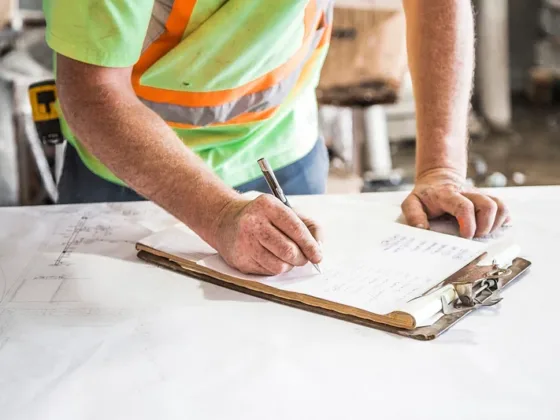Table of Contents Show
Have you ever been in a building that has a poor electricity supply? The lights dim and flicker, refrigerators don’t seem to be cooling. Also, other equipment that needs electricity is being affected.

As long as things don’t catch fire and burn, you may not have given much thought to poor electricity supply. All you may have noticed is that the things that need electricity are not working.
Respect safety regulations with electrical equipment if you want to use it well. Electrical equipment regulations tell us how to work with proper electrical equipment maintenance. Here is a guide to exploring the basics of electrical equipment regulations.
Understanding Voltage and Current Requirements for Electrical Equipment
Common Electrical Equipment Regulations ensure that all electrical equipment is safe. Wiring and connections must follow the National and Local Electrical Codes.
Find the voltage and current ratings outside of the equipment. Ensure that the equipment has labels. Underground cables must have insulation and protection from damage.
Electrical equipment must also be UL listed, meaning the product has the certification. It must have the approval of “Underwriters Laboratories.” It also ensures that it meets safety and performance standards.
Grounding is essential for safety. Employees also need to have the proper training for using any electrical equipment. Following the regulations also applies to selling your equipment. These regulations are necessary. It helps ensure the safety and quality of all electrical equipment.
Read Also:
The Dangers of Overloading Electrical Equipment
The standard electrical equipment regulations must be in place. It ensures safety for those working with or near electrical equipment.
The electrical equipment regulation covers different areas. It shows the amount of electricity that runs through an electrical device. It also includes the types of cables and connectors to use and the proper use of protective covers.
Adherence to these regulations is essential for proper operation and safety. Overloading electrical equipment is one of the most dangerous outcomes. It can lead to electric shock, fire, explosions, and even death. Avoid overloading electrical equipment and cable trays.
Check the ratings and adhere to the proper wiring and connection guidelines. Above all, inspecting all electrical equipment by qualified personnel is key to maintaining safe and reliable operation.
Best Practices for Meeting Electrical Regulations in Your Location
Regulations vary from region to region. They help prevent injury and protect property. Before beginning any electrical work, ensure you understand the current professional standards.
Also, know the rules of your locale. Manufacturers and national building code standards can help inform best practices for safety. Consider adequate protection for equipment, personnel, and the environment.
Place and inspect protective devices, such as fuses and circuit breakers. Adhere to standard electrical equipment regulations. It can promote a safe and healthy environment for everyone. It applies to those engaged in construction or other electrical activities.
Follow This Guide to Understand Electrical Equipment Regulations
Stay up to date on the regulations of standard electrical equipment. Remain compliant and protect the safety of everyone. With the proper knowledge and understanding, organizations can maintain this need.
Check out our blog for more information about upcoming and current electrical regulations. When you visit our blog, don’t forget to contact us for all your electrical equipment needs.









